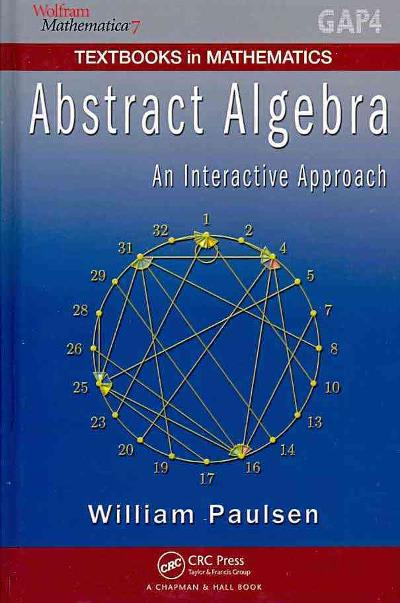Answered step by step
Verified Expert Solution
Question
1 Approved Answer
1) A random sample of 390 married couples found that 292 had two or more personality preferences in common. In another sample of 576 married
1) A random sample of 390 married couples found that 292 had two or more personality preferences in common. In another sample of 576 married couples, it was found that only 32 had no preferences in common. Let p1 be the population proportion of all married couples who have two or more personality preferences in common. Let P2 be the population proportion of all married couples who have no personality preference in common. A) find 95 % confidence interval for p1-p2 (use 3 decimal places) _____ lower limit _______ upper limit B) explain the meaning of the confidence interval in part A in the context of this problem. Does the confidence interval contain all positive, all negative, or both positive and negative numbers? What does this tell you ( at the 95% confidence level) about the proportion of married couples with two or more personality preferences in common compared with the proportion of married couples sharing no personality preferences in common? A) because the interval contains both positive and negative numbers, we cannot say that a higher proportion of married couples have two or more personality preferences in common. B)because the interval contains only negative numbers, we can say that a higher proportion of married couples have no personality preferences in common. C) because the interval contains only positive numbers, we can say that a higher proportion of married couples have two or more personality preference in common. D) we cannot make any conclusions using the confidence interval. 2) The US Geological survey complied about Old Faithful Geyser. Let x1 be a random variable that represents the time interval (in minutes) between 1948-1952. Based on 9480 observations, the sample mean interval was x1=64.8 minutes. Let x2 be a random variable that represents the time interval in minutes between 1983-1987. Based on 24,404 observations, the sample mean time interval was x2=73.0 minutes. Historical data suggest that standard deviation 1= 9.05 minutes and standard deviation 2= 11.57 minutes. Let u1 be the population mean of x1 and let u2 be the population mean of x2. A) compute 99% confidence interval for u1-u2 (use two decimal places) ____ lower limit _____upper limit B) comment on the meaning of confidence interval in the context of this problem. Does the interval consists of positive numbers only? Negative numbers only? A mix of positive and negative numbers? Does it appear (at the 99% confidence level) that a change in the interval length between eruptions has occurred? Many geologic experts believe that the distribution of eruption times can change after major earthquake in 1959. A) because the interval contains only positive, we can say that the interval length between eruptions has gotten shorter B)because the interval contains both positive and negative numbers, we can not say that the interval length between eruptions has gotten longer. C) we cannot make any conclusions using the confidence interval D) because the interval contains only negative numbers, we can say that the interval length between eruptions has gotten longer
Step by Step Solution
There are 3 Steps involved in it
Step: 1

Get Instant Access to Expert-Tailored Solutions
See step-by-step solutions with expert insights and AI powered tools for academic success
Step: 2

Step: 3

Ace Your Homework with AI
Get the answers you need in no time with our AI-driven, step-by-step assistance
Get Started


